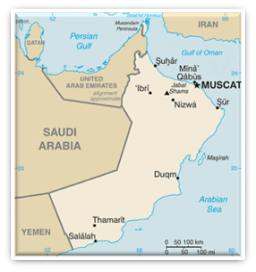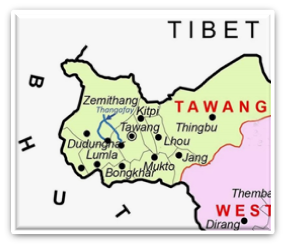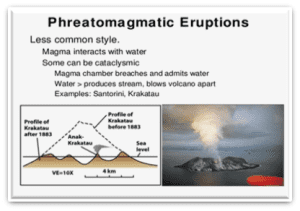NEUTRON STAR DISCOVERED IN SUPERNOVA REMNANT WITH JAMES WEBB SPACE TELESCOPE
TAG: GS 3: SCIENCE AND TECHNOLOGY
THE CONTEXT: In a groundbreaking discovery, scientists utilizing the James Webb Space Telescope have identified evidence of a neutron star at the heart of a young supernova remnant.
EXPLANATION:
- This marks the first time that the effects of high-energy emissions from a potential young neutron star have been observed, shedding light on the aftermath of the core-collapse supernova SN 1987A.
SN 1987A: A Core-Collapse Supernova:
- SN 1987A, situated 160,000 light-years away in the Large Magellanic Cloud, captivated astronomers as a core-collapse supernova.
- The spectacular event, visible from Earth in 1987, presented a unique opportunity to study the remnants that would form either a neutron star or a black hole at its core.
Historical Significance of SN 1987A:
- The supernova SN 1987A holds historical significance as the first supernova visible to the naked eye since Kepler’s Supernova in 1604.
- Detected in February 1987, its brightness peaked in May of the same year.
- Notably, just hours before the initial visible-light observation, three observatories globally recorded a burst of neutrinos linked to the same supernova event.
- This provided crucial evidence supporting theories about the mechanisms behind core-collapse supernovae.
- While astronomers had been searching for evidence of a compact object, potentially a neutron star, within the remnants of SN 1987A, confirmation has been elusive until now.
- The recent discovery, announced by NASA, not only confirms the presence of a neutron star but also marks the first detection of the high-energy emissions associated with it.
Importance of Neutron Star Detection:
- The identification of a neutron star within the remnants of SN 1987A provides valuable insights into the aftermath of core-collapse supernovae.
- Neutron stars are dense remnants that result from the gravitational collapse of massive stars.
- This discovery not only validates existing theories but also opens new avenues for studying the properties and behavior of neutron stars in the specific context of supernova remnants.
Role of James Webb Space Telescope:
- The James Webb Space Telescope played a crucial role in this discovery, showcasing its capabilities in unraveling cosmic mysteries.
- As the scientific community eagerly anticipates the full operational deployment of the telescope, this achievement underscores its potential to revolutionize our understanding of the universe.
- The James Webb Space Telescope is the largest, most powerful space telescope ever built.
- The telescope will be able to capture images of some of the first galaxies ever formed.
- It will also be able to observe objects in our solar system from Mars outward, look inside dust clouds to see where new stars and planets are forming and examine the atmospheres of planets orbiting other stars.
- The Webb telescope’s cameras are sensitive to heat from the Sun. Webb has a sunshield to protect its instruments and mirrors.
- The James Webb Space Telescope sees the universe in light that is invisible to human eyes. This light is called infrared radiation. The James Webb Space Telescope will use its infrared cameras to see through dust in the universe.
- It took deep field images of Pandora’s cluster in 2022.
Neutron star:
- A neutron star is a dense and compact stellar object that forms from the remnants of a massive star’s core after a supernova explosion.
- These stars are among the densest objects known in the universe, packing an immense mass into a relatively small size.
- The discovery of pulsars in 1967 provided the first evidence of the existence of neutron stars.
- Pulsars are neutron stars that emit pulses of radiation once per rotation.
Supernova:
- A supernova is a cataclysmic explosion of a massive star, releasing an enormous amount of energy and radiation.
- It occurs when a star exhausts its nuclear fuel, leading to a sudden gravitational collapse and a violent explosion.
- Supernovas are often seen in other galaxies. But supernovas are difficult to see in our own Milky Way galaxy because dust blocks our view.
Conclusion:
- The detection of a neutron star within the remnants of SN 1987A represents a triumph in astronomical research, offering a glimpse into the aftermath of a core-collapse supernova. As the James Webb Space Telescope continues to unveil cosmic secrets, this discovery marks a milestone in our quest to comprehend the complexities of stellar evolution and the cosmic processes that shape our universe.
SOURCE: https://indianexpress.com/article/technology/science/neutron-star-supernova-9177038/





